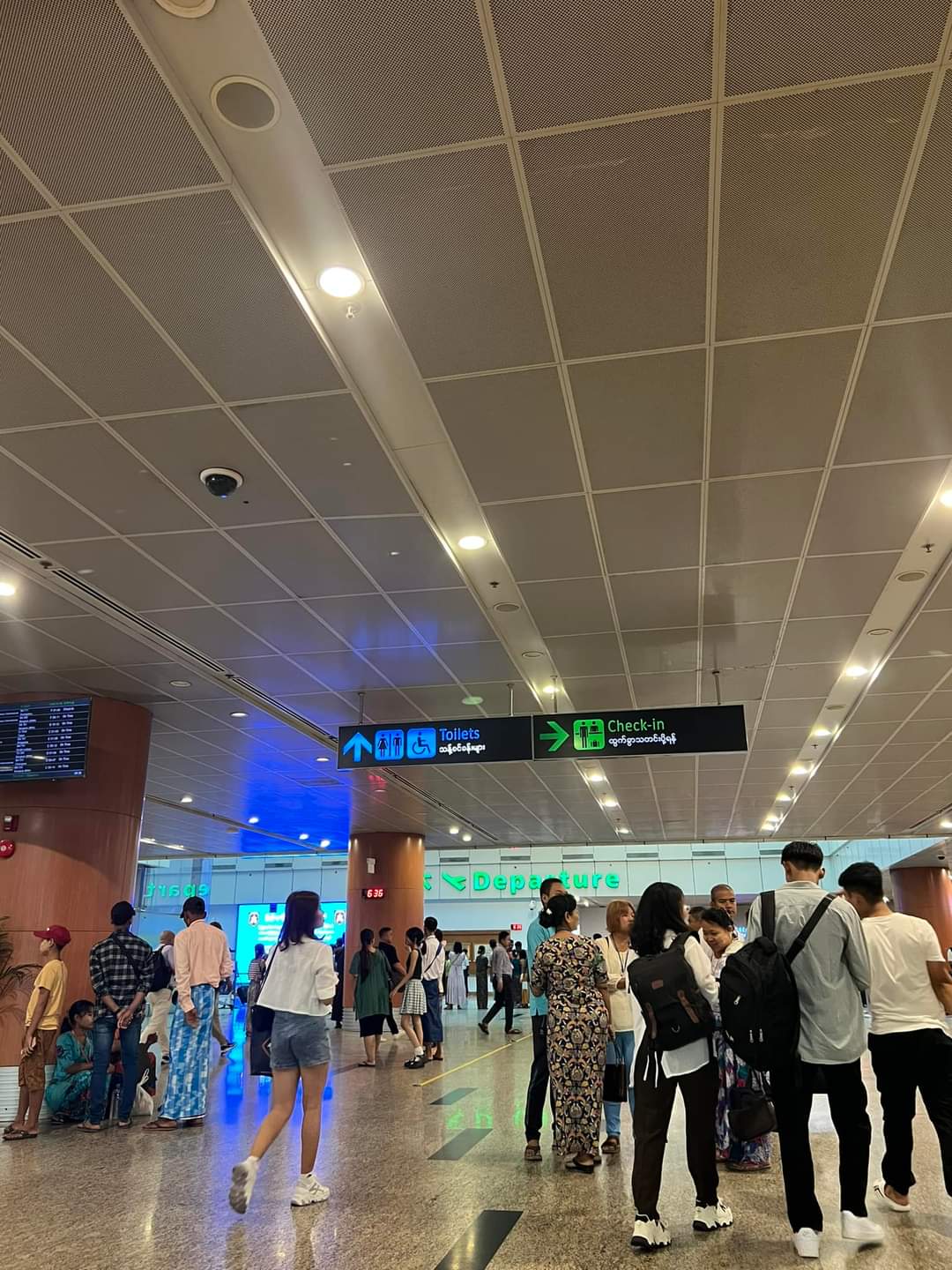
Telecommunication Companies in Kiribati
Kiribati, an island nation in the central Pacific Ocean, comprises 33 atolls and reef islands spread over a vast area. Its geographic isolation poses significant challenges to its telecommunications infrastructure. However, the country has made progress in ensuring its citizens have access to communication services. This article explores the key telecommunication companies and the state of connectivity in Kiribati.
1. Telecom Services Kiribati Limited (TSKL)
TSKL is the primary telecommunications provider in Kiribati. As a government-owned entity, it plays a crucial role in offering basic telecommunication services to the population. It provides:
Fixed-line Services: Although limited in scope, fixed-line connections are available in urban centers like South Tarawa.
Mobile Services: TSKL offers 2G and 3G mobile services, covering major islands. However, coverage remains sparse in remote areas.
Internet Services: While broadband access is growing, the speeds are relatively slow compared to global standards due to reliance on satellite connections.
2. Ocean Link
Ocean Link is a smaller telecommunication operator providing niche services, such as satellite internet and specific business communication solutions. It caters to sectors like tourism and government agencies that require reliable connectivity in remote areas.
3. Bluesky Pacific Group
Bluesky Pacific, a regional telecommunications provider, has a presence in Kiribati. It focuses on enhancing mobile and internet services, particularly in collaboration with local partners. Bluesky is known for introducing competitive pricing and innovative data packages, increasing accessibility.
Challenges in Telecommunication Development
Geographical Dispersion: With islands scattered over 3.5 million square kilometers of ocean, establishing and maintaining telecommunication infrastructure is logistically challenging and costly.
Limited Infrastructure: Many remote islands rely on satellite technology, which is expensive and offers limited bandwidth compared to undersea fiber optic cables.
Economic Constraints: As a developing nation, Kiribati faces budgetary limitations that affect investments in advanced telecom infrastructure.
Recent Developments
In recent years, efforts have been made to improve Kiribati’s telecommunication infrastructure:
Submarine Cable Projects: Plans to connect Kiribati to an undersea fiber optic cable system aim to significantly enhance internet speeds and reduce costs.
Digital Inclusion Initiatives: The government and private sector have launched programs to expand mobile and internet penetration, targeting remote communities.
International Partnerships: Collaborations with international organizations and donors have led to investments in improving connectivity and digital literacy.
Future Prospects
The introduction of fiber optic technology will be a game-changer for Kiribati, enabling faster internet and broader access to global digital services. Increased competition among providers may also lead to better service quality and affordability. As Kiribati continues to modernize its telecom sector, the focus will remain on bridging the digital divide between urban and rural populations.
In conclusion, while Kiribati’s telecommunication sector faces numerous challenges, ongoing developments indicate a promising future. Companies like TSKL, Ocean Link, and Bluesky Pacific play vital roles in driving connectivity in this remote island nation. With strategic investments and international support, Kiribati is steadily moving toward improved communication infrastructure.




Leave a Reply